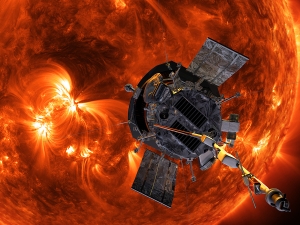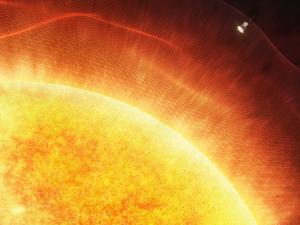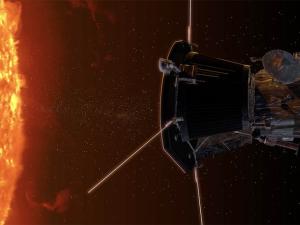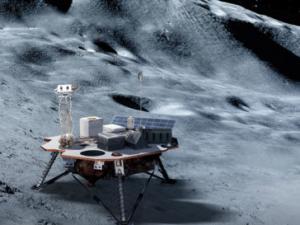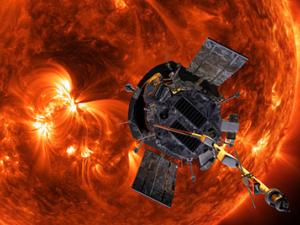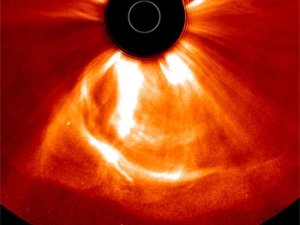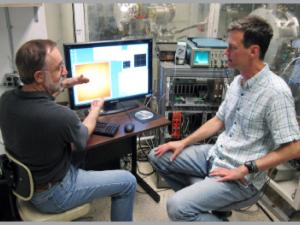

Research Expertise and Interest
experimental space physics, plasma astrophysics, solar physics, low frequency radio astronomy
Research Description
Stuart Bale is interested in plasma astrophysics from the experimental point of view. Much of the universe is in the plasma state and we are just coming to appreciate the role of plasma dynamics and magnetic fields in the large-scale evolution of astrophysical systems. However, many of the fundamental processes are poorly understood and can only be studied in a limited parameter regime in the laboratory. Examples are magnetic reconnection, collisionless shocks, and solar/stellar wind generation and evolution.
His research is focused on developing experiments to understand these processes and, in particular, how microscale, kinetic phenomena, affect large-scale plasma evolution.
He is also interested in low frequency (LF) radio astronomy, at frequencies below the ionospheric cutoff (~12 MHz); these observations need to be made from space. Signatures of solar flare electrons and CMEs dominate the dynamics at these frequencies, however the large-scale structure of the radio sky below 15 MHz remains mostly unexplored. This structure maps the galactic magnetic field and cosmic ray electrons and may hold information from the recombination epoch.
His research group at the Space Sciences Laboratory develops, builds, and operates space-borne experiments to study in situ the plasma processes active in astrophysical, heliospheric, and magnetospheric systems. These experiments are flown on NASA and ESA spacecraft missions and are often developed as balloon and sounding rocket payloads.
In the News
Parker Solar Probe Flies Into the Fast Solar Wind and Finds Its Source
Parker Solar Probe Touches the Sun — a First for Any Spacecraft
Parker probe traces solar wind to its source on sun’s surface
Scientists scramble to build payload for 2021 moon landing
Space probe to plunge into fiery corona of the sun
Fierce solar magnetic storm barely missed Earth in 2012
According to University of California, Berkeley, and Chinese researchers, a rapid succession of coronal mass ejections — the most intense eruptions on the sun — sent a pulse of magnetized plasma barreling into space and through Earth’s orbit.
Scrutinizing Space Storms for a Calmer Life on Earth
Thomas Immel and his team at the Space Sciences Lab will design, build and operate two instruments and oversee development of two others to be loaded on a solar-powered satellite for a two-year science mission tentatively set to launch in 2017.
NASA Selects Investigations for First Mission to Encounter the Sun
NASA has chosen a UC Berkeley experiment and three others to fly aboard Solar Probe Plus, a satellite scheduled for launch in 2018 to explore the sun's million-degree atmosphere. Physicist Stuart Bale, director of the Space Sciences Lab, will lead development of instruments to detect radio emissions, magnetic fields, shock waves and dust as the spacecraft plunges into the sun.
